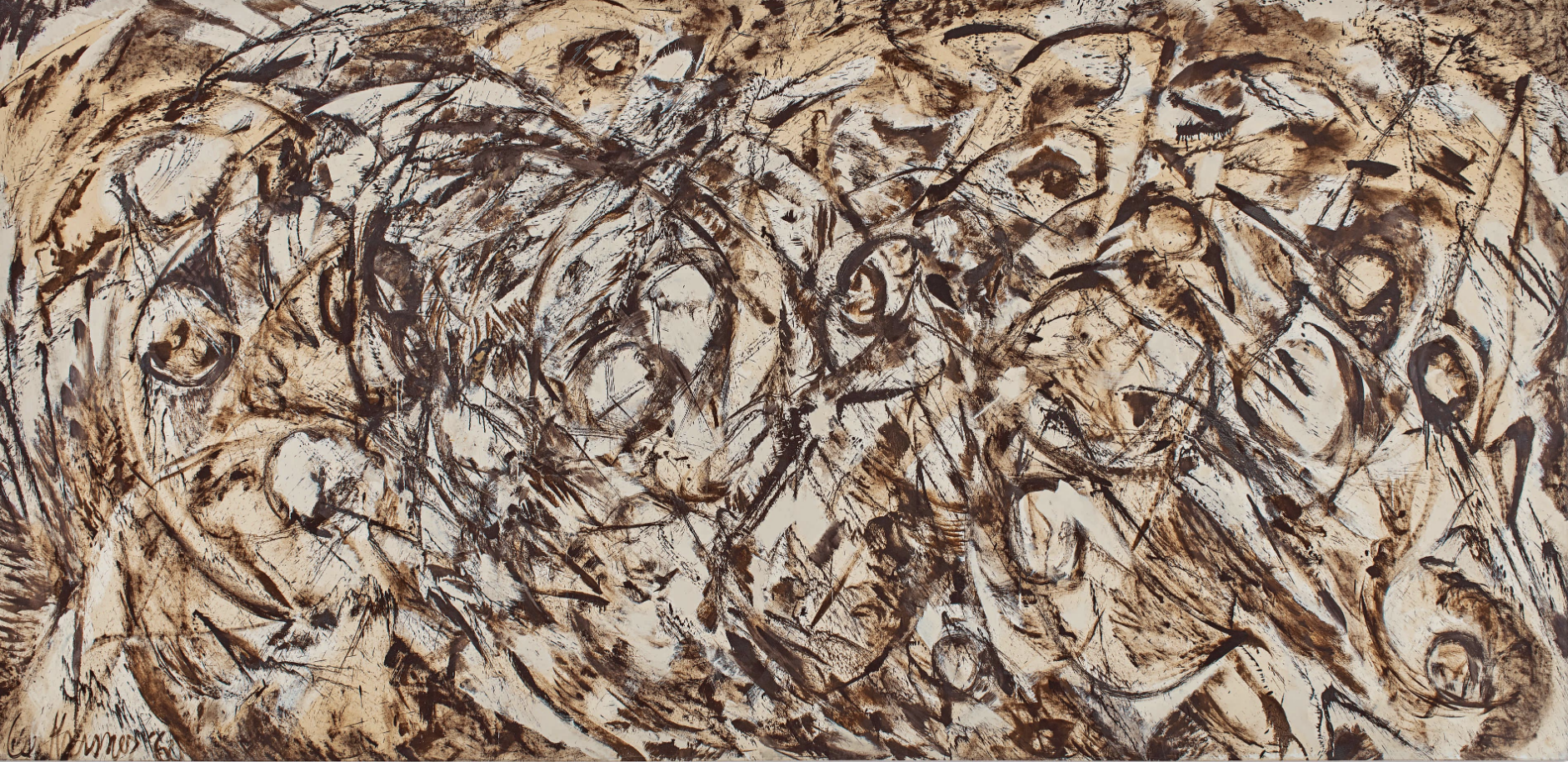In Quiet Contemplation: ‘It Is in Silence that One Gets to Face Oneself’
Helene Schjerfbeck,Self-Portrait, Black Background, 1915
I recently attended an exhibition of the work of Finnish artist Helene Schjerfbeck (Royal Academy, London, until 27 October).
Schjerfbeck was born in Helsinki in 1862. Her father was an office manager in the state railways. When at the age of 4 she fell down the stairs and broke her hip, she was given drawing materials to cheer her up. It soon became clear that she had a special talent, and at 11 she was sent to study art in Helsinki. In 1880 she moved to Paris, and she subsequently spent time in artists’ colonies at Pont Aven, Brittany and St Ives, Cornwall.
Schjerfbeck began as a realist, and over the years her work embraced impressionism and abstraction. She painted still lifes and landscapes, rural views and domestic scenes. Yet one is most struck by her portraits.
Schjerfbeck’s subjects regard us over their shoulders. Then they turn away and look down. Sometimes they simply close their eyes. Her friend Maria attends to her book with her back to us. Her black-clad mother reads, sews and sits silently with her hands clasped in front of her. The seamstress and the schoolgirl are lost in private reflection.
Occasionally the melancholy mood is lifted by an element of fashion. Schjerfbeck subscribed to Marie Claire magazine and had an eye for a beret, a cloche hat, a bold shade of lipstick.
From her early twenties until the end of her life, aged 83, Schjerfbeck painted raw, candid self-portraits. Hair neat, lips pursed, eyebrows arched. Angular features. A spot of rouge on her cheeks. The portraits become progressively more pared back, more abstract and anguished. Youth fades, skin pales, colours recede, shadows fall. Finally she faces death, gaunt and alone.
One leaves the Schjerfbeck exhibition haunted by a sense of sadness. She was an artist of introspection; of quiet rooms and muted colours; of silence and stillness.
When I was at college I recall a visit from my friend Catrin’s parents. I was babbling away, filling the awkward silence with inconsequential nonsense - as is my wont. At length Cat’s father addressed me in somewhat severe Welsh tones:
‘It is in silence that one gets to face oneself.’
These words stuck with me.
Helene Schjerfbeck,Maria (detail), 1909
I have generally subscribed to the view that an active mind needs constant stimulus; that it must process that stimulus into opinions and beliefs; that we must always be looking, listening and learning, deliberating, debating and discussing. But there’s a limit. As I’ve aged I’ve realised that it’s also important to stop and catch one’s breath; to liberate the brain from the trivial and unimportant; to pause and take stock. I have found it helpful when on the verge of sleep, on the edge of consciousness, to review the day and reflect on tomorrow. I guess I’ve gradually learned to appreciate absence and stillness.
‘Dreaming does not suit me. To work, to live through work, that is my path.’
Fate dealt Schjerfbeck a cruel hand. Her childhood accident left her with a lifelong limp and she suffered poor health. She was unlucky in love. Financially challenged, she spent many years nursing her mother in a small town north of Helsinki. She died in a sanatorium in Sweden in 1946. Nonetheless, one can’t help thinking that, though she had a tough life, she probably left it with profound knowledge and understanding, and with a strong sense of self. Perhaps that is enough.
Helene Schjerfbeck - The School Girl II (1908)
'Quiet nights of quiet stars, quiet chords from my guitar,
Floating on the silence that surrounds us.
Quiet thoughts and quiet dreams, quiet walks by quiet streams,
And the window that looks out on Corcovado. Oh how lovely.’
Astrud Gilberto, ‘Quiet Nights (Corcovado)’ (A C Jobim / G Lees)
No. 246




















